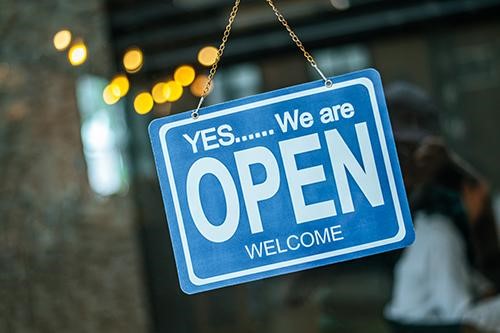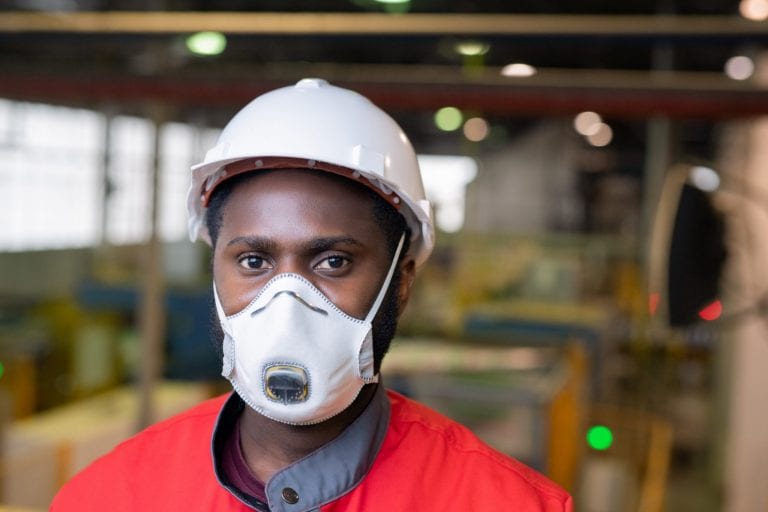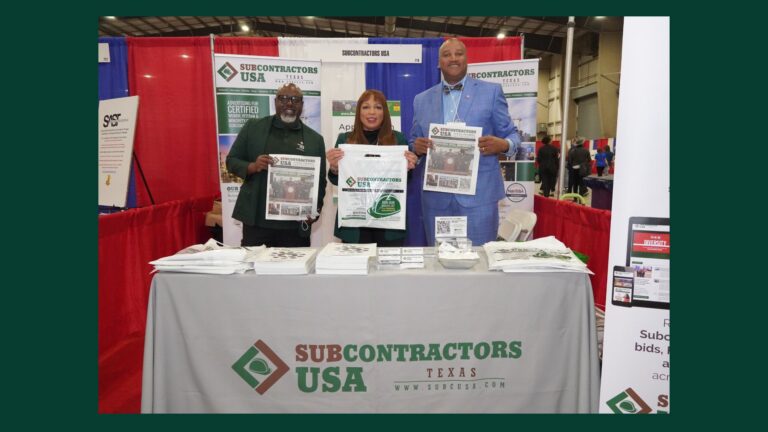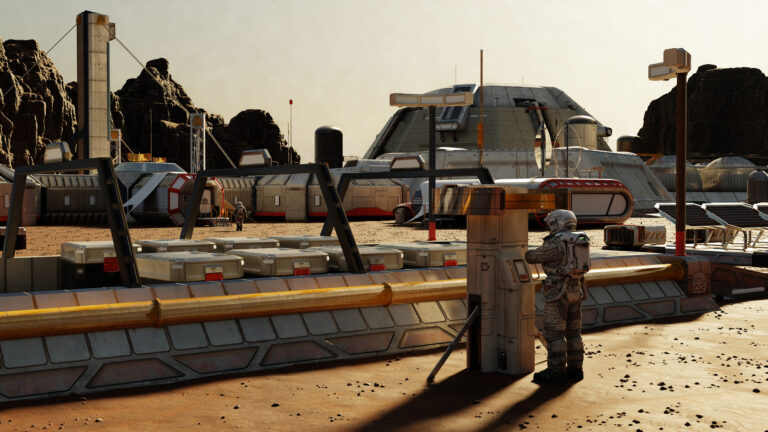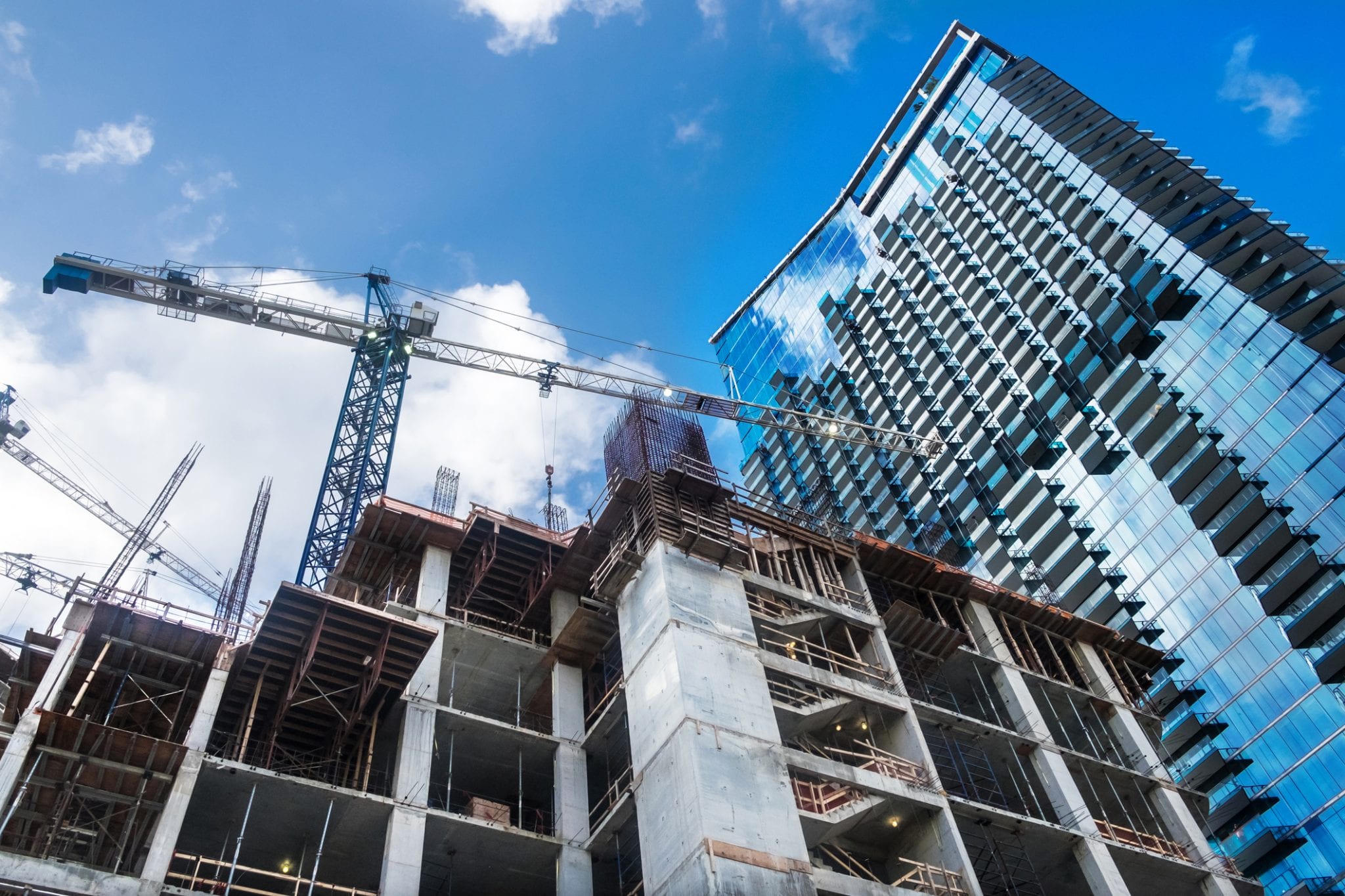
In the construction industry, the most threatening risks are the ones that go undetected for too long — design flaws that are spotted well into construction, bad habits that could get a craft worker hurt or a hazard that escapes a manager’s attention.
Underlying most contractors’ safety programs is a group effort at vigilance on site to make sure workers are operating safely and are alerted to dangers before an incident takes place. Technology can add another layer to this effort by facilitating safety-related reporting and conversations or by detecting hazards in real time across multiple areas of the site, compared to a superintendent or safety manager who can only see what is before him.
But even more valuable to safety leaders, perhaps, are the platforms that can take this data and structure it in a way that allows them to understand trends on their projects and even pre-empt incidents altogether.
Smartvid.io is one such tool, which pairs artificial intelligence and machine learning with jobsite cameras and videos. The program combs through image data for risks at a rate that is not humanly possible. It ranks potential hazards, such as missing personal protective equipment or standing water, on a dashboard in order of their risk level. Three-month, six-month and 12-month trends are presented, which gives safety leaders a sense of where their efforts are best spent, Charlie Avolio, president and general manager of Suffolk’s New York region, told Construction Dive. “The system is learning how certain movements from the crews and certain things with the way jobs are set up might be able to tell us predictively whether the crew is working safely and if there are things specifically in that group that we need to make adjustments to,” he said.
A number of contractors are exploring Smartvid.io, including Skanska, Mortenson, Shawmut Design and Construction and Consigli. But for most of the industry, a lack of dedicated funding acts as a roadblock to sampling and implementing new technologies like this. Only 10% of contractors have a designated innovation budget, according to a recent FMI study, which identified this as an obstacle to wider adoption of innovative tools in the safety and risk management space.
One reason for this could be that while safety is a top priority for many companies, schedule and cost pressures on projects don’t leave much space for experimenting with technology.
The fast-paced nature of construction projects tends to pull leaders’ and employees’ attention away from innovation, Shawmut CEO Les Hiscoe told Construction Dive. Projects have little tolerance for schedule, quality or budget slips, he said, and the heads-down mentality on jobsites likewise isn’t friendly to experimentation.
To warm employees up to innovating, companies should offer pilot programs as a low-risk commitment that can cushion against negative impacts on a team or budget if a tool is ineffective, said Hiscoe. They don’t break the bank compared to a broader implementation, he added, because “pilots by their nature are designed … to be quick, to be nimble and to be learned from before you make your decision to make the big investment.”
The returns are much more impactful when a company runs not one but several pilots concurrently, according to Hiscoe. “It creates that fabric that supports the whole safety culture,” he said. “With one pilot here and one pilot there, I don’t think you get a sense of the real power of a fully integrated technology platform for safety.”
There are several types of technology that offer benefits in addressing and avoiding safety incidents. Three-quarters of respondents to FMI’s survey saw value in internet of things (IoT) tools like wearables to curb occupational risks. Triax Technologies is one leader in sensor-based wearable technology. Its Spot-R clip tracks a worker’s movement on a jobsite and alerts others to his or her location if there is an accident, which the company says can improve injury response time by 91%. Supervisors can also quickly relay distress signals or report hazards to workers wearing the belt clip.
Many respondents also cited AI image recognition tools as a top emerging technology for risk mitigation. Products collect swaths of jobsite data, but in most cases, that remains siloed and removed from the information pool of weekly and daily safety reports. Some contractors see untapped potential in this data.
For example, Shawmut is using Microsoft Power BI to pull all sources of data into a structured dashboard with more comprehensive insights than each source could provide on its own. It’s a work in progress, said Hiscoe, as the contractor determines which information, out of the massive pool, will offer the most value. The goal, he said, “is a combination of all our behaviors plus all the technologies and the data they produce, [so that] the dashboard becomes the really powerful platform that we operate from. That excites me.”
Webcor is customizing the same tool to leverage better insight on leading and lagging indicators, according to Webcor Builders VP Greg Chauhan. The ability to eventually review a dashboard from the field for project-specific trends on risks, injuries or real-time environmental conditions, he told Construction Dive, “helps reinforce … that we’re creating a culture that’s going to take care of workers.”
The vision is heavier reliance on technology, but the focus on people can’t change when that transition takes place, said Chauhan. The ultimate goal is “blending all those powerful tools that are out there as long as we’re figuring out how we connect to the people,” he said.
People, process and tool is the order of importance when it comes to innovating, Chauhan added. “Sometimes a shiny tool comes out and people jump at using the tool, but you have to then create a process around the tool and then you have to try and force people to use the tool,” he said.
Company leaders have recognized that this backward approach of putting the tool ahead of people and processes doesn’t work, he said, “and we always go back to the basics” — sending people home safe every night, making sure that processes and products are aligned with that most important goal.
Source: Construction Dive


